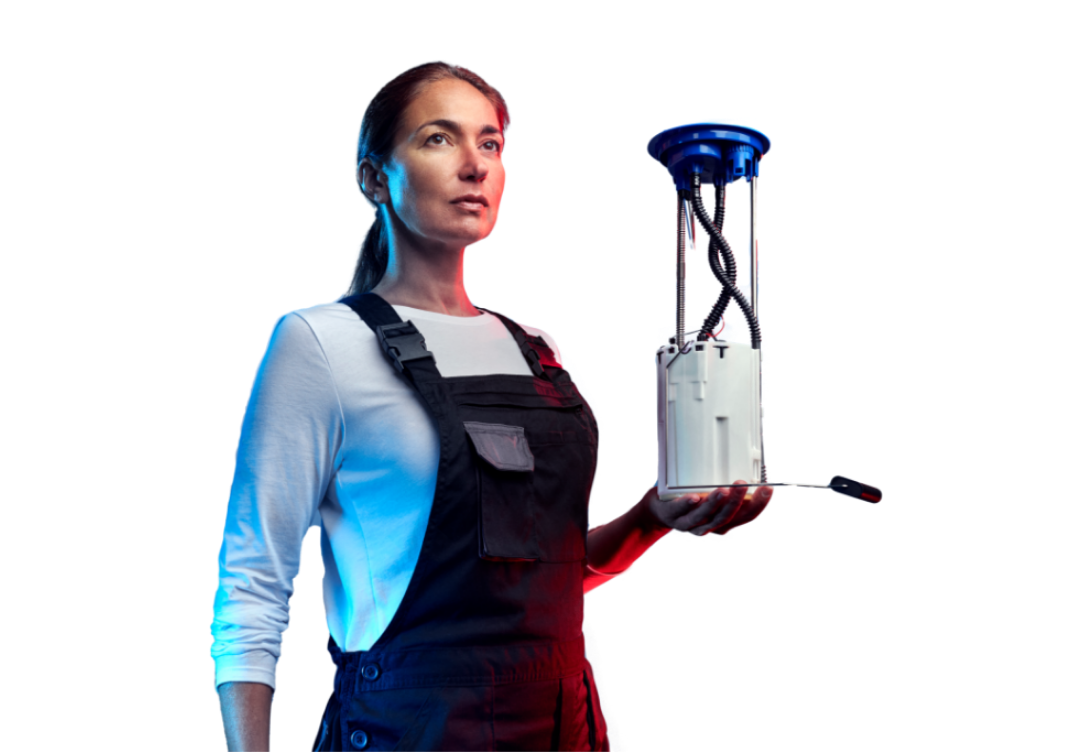Resource Highlights
In this article, you will find a handy guide to help keep you safe in even the thickest of fog.
With the change in seasons - from summer to autumn to winter – comes greater risk of fog, and with it challenging conditions for even the most experienced of drivers. So we've prepared a handy guide to help keep you safe in even the thickest of fog…
Slow down: the denser the fog, the less visibility you’ll have so reduce your speed! This will ensure you have more time to react to any obstacles or hazards in the road.
Increase distance between traffic: similarly, keep well back from the vehicle in front of you. As a rule of thumb, leave at least a five second gap in reduced visibility, instead of the normal two.
Brake early: applying your brakes early and gently will let other drivers know that you are slowing down, so that they can do the same.
Use your windscreen wipers: in foggy conditions, moisture in the air can collect on the windscreen, creating a glare which can make it even more difficult to see. Using your windscreen wipers and heating and cooling system will help keep the windscreen clear at all times.
Use your low beam lights - not full beam: because fog is essentially tiny water droplets suspended in the air, it reflects light, so avoid using your high beam headlights – these will reflect off the fog and back at your vehicle, impairing visibility and dazzling other drivers. Simply turn on your low beams to ensure other drivers can see you.

Use your fog lights: if visibility falls below 100 metres (roughly the length of a football pitch), turn on your front and rear fog lights. By emitting light in a bar-shaped beam towards the ground, front fog lights help to illuminate the ground immediately ahead. At the rear, they’ll make your car more visible to drivers behind you. Just remember to switch them off when visibility improves.
Avoid following the vehicle in front: although it might be tempting, don’t follow the tail lights of the car in front. By focusing on one thing, it’s easy to miss others.
Use the edge of the road: unless it’s that bad that you can’t see it – in which case you shouldn’t be driving – use the edge of the road on the nearside or passenger side to guide you. This will help keep you in your lane and avoid oncoming traffic and/or headlights.
Don’t use cruise control: whilst many modern cars are fitted with cruise control as standard, it is not designed to be used in hazardous weather conditions. So, don’t turn it on and maintain complete control of your car.
Use all your senses: in poor visibility, roll down your windows at junctions to listen out for any traffic that may be approaching.
Don’t drive: if visibility is that bad, find a safe place to pullover and stop until it improves. Just remember, other drivers will be having trouble seeing too, so its best to get completely off the road and let others know you are there, using your hazards if needed.
Stay safe on the roads this winter. Check back shortly to see our top tips for driving safely in the snow.
SIGN UP
TO FIND OUT MORE
Fill out your details to hear more from our experts and get the latest updates from Delphi.




